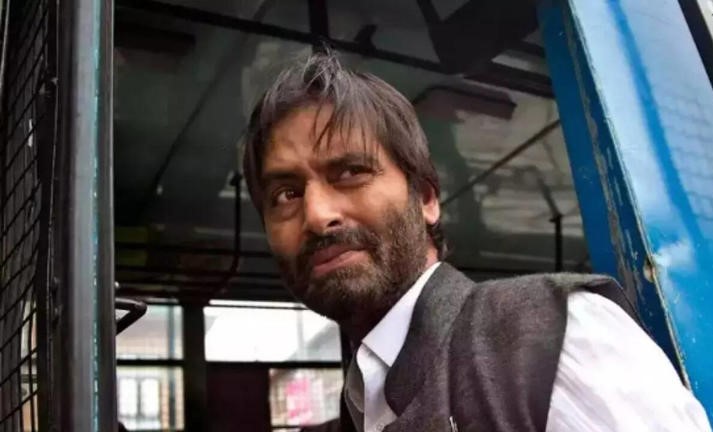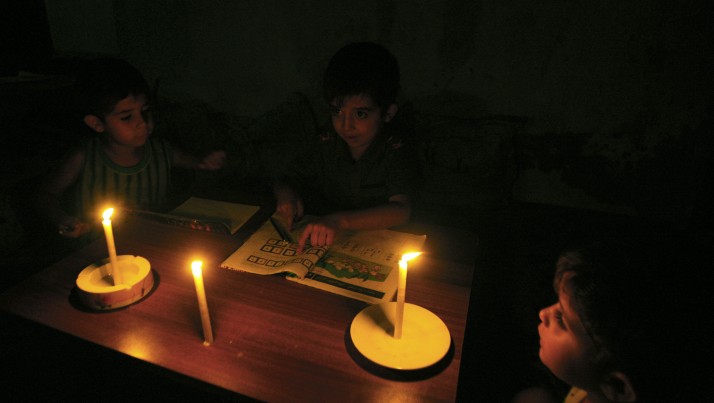Eyewitnesses Identify Yasin Malik in 1990 Rawalpora IAF Attack: A Judicial Breakthrough
By: Javid Amin | 23 November 2025
In a major development in a decades-old terrorism case, two former Indian Air Force (IAF) personnel have testified in a special TADA court in Jammu that Kashmir separatist leader Yasin Malik was the main shooter in the 1990 Rawalpora ambush. The attack, which targeted IAF men waiting for a bus in Srinagar, left four dead and 22 injured.
What the Testimony Says
The two ex-IAF workers, who were present during the ambush, told the court that they “clearly recognized” Yasin Malik as one of the gunmen. They also identified three of his associates — Javed Mir, Muhammad Rafiq Pahloo, and Shaukat Bakshi — allegedly involved in the attack.
Their statements were recorded on 25 November 2025 before a special Terrorist and Disruptive Activities (Prevention) Act (TADA) court in Jammu, marking a fresh push in a case that has remained unresolved for 35 years.
Background: The 1990 Rawalpora Attack
Kashmir’s Most Violent Turning Point
The attack on IAF personnel occurred on 25 January 1990, one of the most tumultuous and violence-scorched periods in Kashmir’s modern history. This was a time marked by:
-
Escalating insurgency
-
Declining administrative stability
-
Public unrest
-
Large-scale migration of Kashmiri Pandits
-
Intensifying militancy supported by Pakistan-based groups
-
The rise of the Jammu & Kashmir Liberation Front (JKLF) as a separatist armed outfit
The decade beginning 1990 is often regarded as the period that defined the trajectory of Kashmir’s conflict for the next three decades. In this period, several militancy-linked cases emerged, many involving complex political, security, and legal elements.
The Rawalpora attack is remembered as one of the early attacks on uniformed Indian personnel in public spaces, symbolizing how militancy was spreading beyond shadow networks into open confrontation.
-
On 25 January 1990, IAF personnel waiting at a bus stop in Rawalpora, Srinagar, were ambushed by militants.
-
The attackers fired indiscriminately, killing four IAF men, including Squadron Leader Ravi Khanna, and injuring 22 others.
-
At the time, investigations suspected the involvement of JKLF (Jammu & Kashmir Liberation Front) operatives, but key witnesses and leads went cold amid political turmoil in the Valley.
Legal Implications and the Road Ahead
-
Yasin Malik, who later became the head of the JKLF, is already serving a life sentence in a terror-funding case.
-
The prosecution may leverage the new eyewitness testimony to strengthen its argument that Malik was not only a political separatist but also directly involved in violent militancy.
-
The next hearing in the TADA court has been scheduled for 29 November 2025.
A successful prosecution could potentially reframe Malik’s legacy and influence ongoing debates on separatism, militancy, and political accountability in Kashmir.
Political Reactions
-
BJP leaders have widely hailed the testimony as a “historic breakthrough,” claiming it proves that separatist violence cannot be romanticised.
-
Conversely, Valley-based political groups have adopted a cautious posture, calling for fair trial processes and warning against turning the case into a political spectacle.
Broader Significance
This development comes at a sensitive time for Kashmir, as the Valley’s political landscape continues to be shaped by issues of justice, reconciliation, and security:
-
Delayed Justice: The fact that the case is being revisited 35 years later underscores the slow pace of terror-trial resolutions in J&K.
-
Symbolic Impact: Identifying a well-known separatist leader like Malik as a shooter provides symbolic closure for victims of the IAF attack and strengthens the narrative of accountability.
-
Polarisation Risk: The timing and framing of the testimony could fuel renewed communal or separatist tensions, especially among Kashmiris who view Malik as a political rather than a militant figure.
-
National Messaging: For the Indian state, the testimony aligns with a broader counter-terror discourse, asserting that separatist leaders have a violent past that must be legally scrutinised.
Conclusion
The identification of Yasin Malik by two former IAF personnel is more than a dramatic courtroom moment: it could significantly reshape how the 1990 Rawalpora attack is prosecuted and remembered. As the TADA trial continues later this month, it represents both a legal milestone and a politically charged flashpoint in Kashmir’s long, troubled history with militancy.



